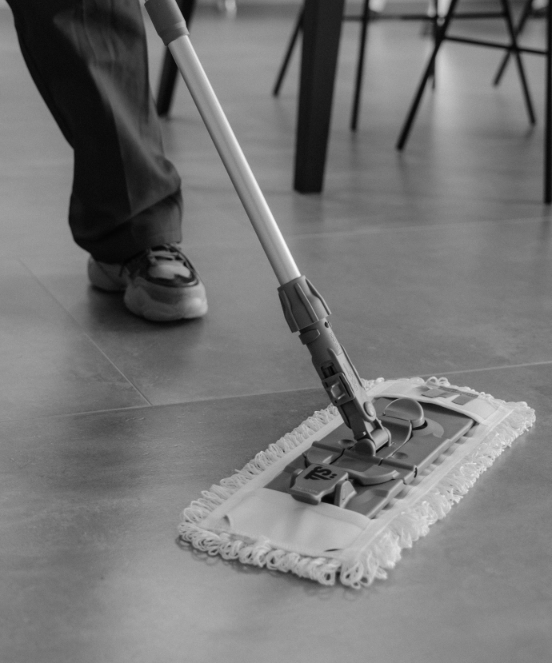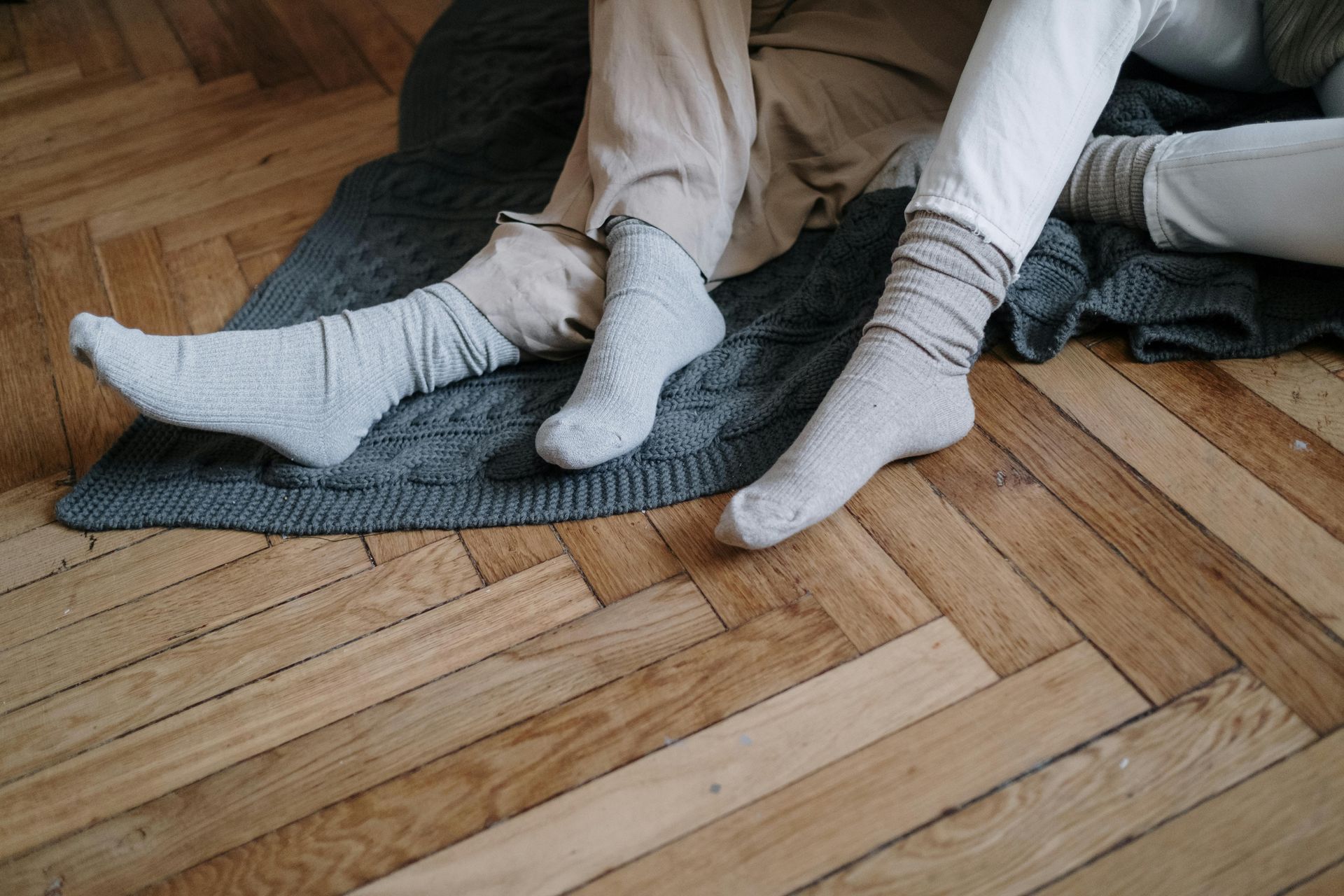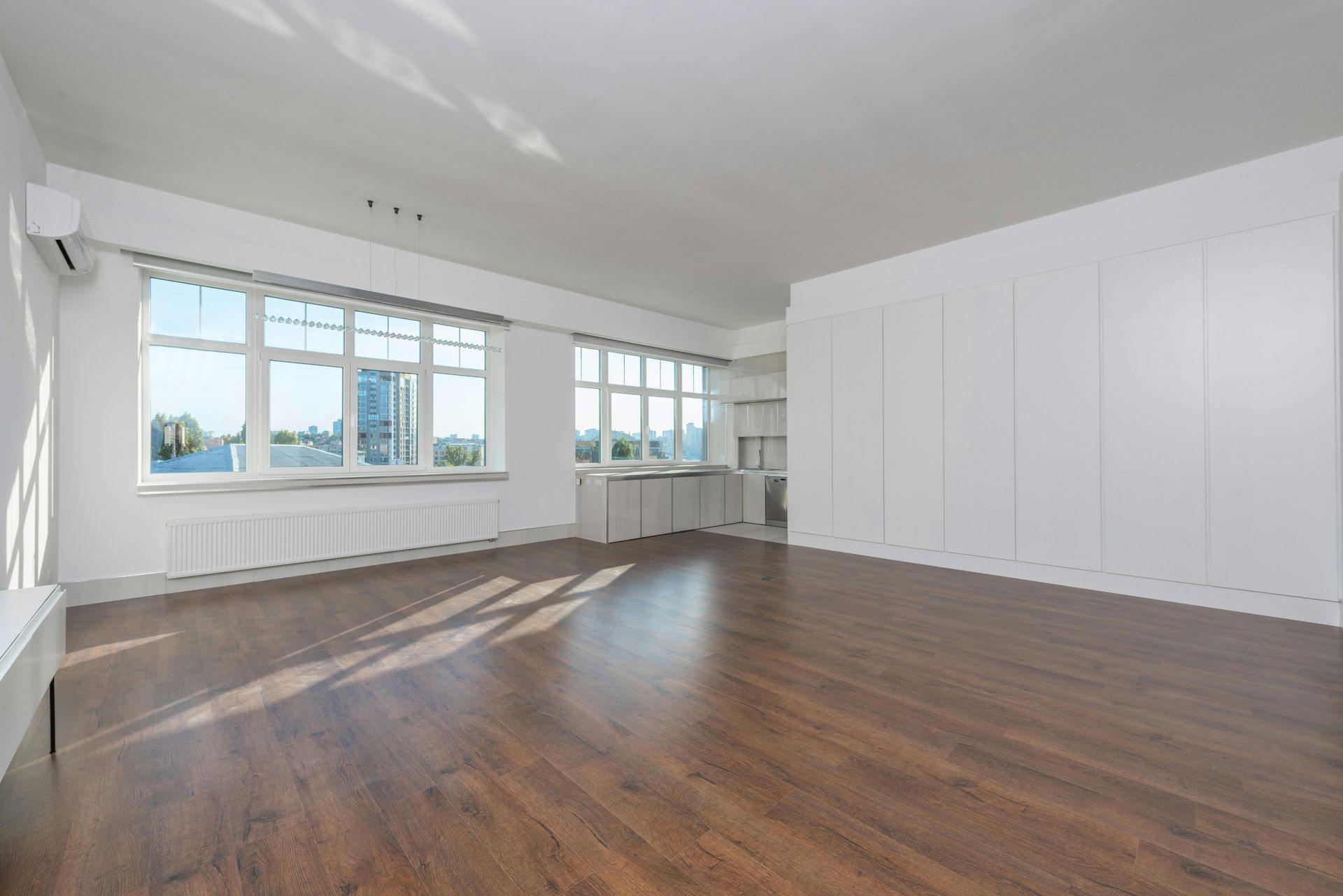How To Clean Laminate Flooring
Kris Eastwood • September 25, 2021

How To Clean Laminate Flooring
Floors for Less
has great flooring options for your home. As options like laminate
are becoming more popular, we thought we would help you with ideas on how to clean it and make it last. Just like every other flooring there are do’s and don’ts to help make your floors look great. Unlike other flooring options like hardwood, laminate
cannot be refinished if damaged. Most of the time, it is recommended that cleaning every two months will be beneficial. That’s why it is important to make sure you are cleaning the proper way.
Keep damage down to a minimum:
By keeping damage to a minimum, cleaning can be made easy. You can manage this by wearing nonabrasive shoes, unlike high heels, trimming your animals paws and using protective furniture pads. Along with these, try accenting your flooring with welcome mats or area rugs to help reduce dirt buildup and reduce damage. This will help prevent any damage and help make your laminate last and look great for years to come as well as help with cleaning.
Along with physical damage, water damage can be a problem. When mopping, letting too much water on your floor can cause damage. When mopping, make sure to wring extra moisture from the mop or pad to make sure that it is only damp and not soaking. There are special tools like microfiber mops and Swiffer's that also work well.
Cleaners:
Always make sure to double check any instructions that are provided with your flooring. They have insights for how to clean and what chemicals to use or what to avoid. After that, there might be some great cleaners to keep on hand for your flooring. There are certain products to avoid to limit damage like oil based cleaners and polishes used for real wood flooring.
Household products:
When cleaning your floors, you might consider a homemade solution like dish soap and water or vinegar and water to reduce buildup. When stains or spills occur, you can spot treat as needed with other ideas, like using ice to freeze anything sticky like gum to remove it with less damage. As for crayons or wax, it would be beneficial to scrape the residue off first without scrubbing. Gently removing with a butter knife would be a good example of how to do this. For other stains like paint or pen ink, try using rubbing alcohol to gently remove.
Floors For Less Can Help With All Flooring Needs:
Floors For Less
is here for you to find the perfect flooring fit and help you with cleaning products as well. We are flooring experts so you will be in the right place when asking us any question about your floors. We want to know what your favorite laminate flooring cleaner is. Let us know!







